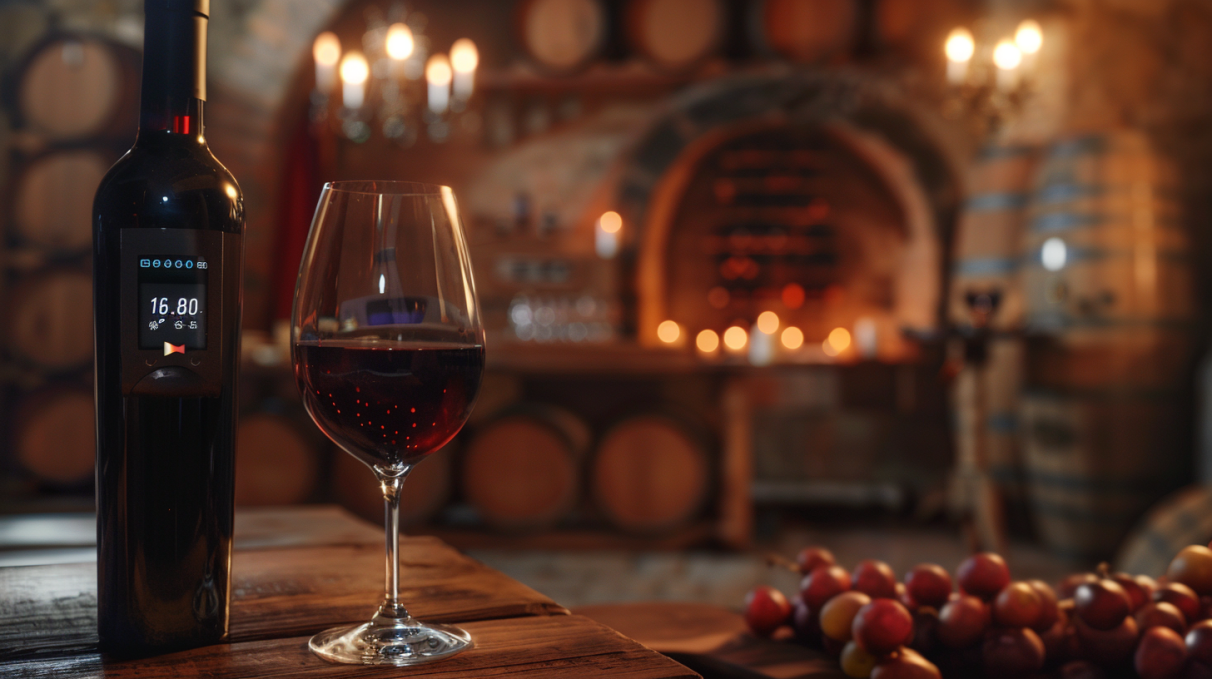The Perfect Temperature: Unlocking Flavor Potential in Wine

The Importance of Ideal Serving Temperature for Wine
When it comes to truly enjoying a glass of wine, serving temperature plays a crucial role in unlocking all the flavors and aromas that a wine has to offer. Whether you prefer a bold red or a crisp white, getting the serving temperature just right can make a significant difference in your overall tasting experience.
Why Does Serving Temperature Matter?
Wine is a delicate and complex beverage that is highly sensitive to temperature. Serving a wine at the ideal temperature allows its unique characteristics to shine through, while serving it too cold or too warm can mask its flavors and aromas. Each type of wine has an ideal serving temperature that enhances its individual profile and ensures that you are getting the most out of every sip.
General Guidelines for Serving Temperatures
While specific preferences may vary depending on personal taste, there are some general guidelines to follow when it comes to serving temperatures:
- White wines are typically best served chilled, with most varieties ranging between 45-55°F (7-13°C).
- Red wines are best enjoyed slightly cooler than room temperature, with most varieties tasting best between 55-65°F (13-18°C).
- Rosé wines fall somewhere in between white and red wines, typically ideal when served around 50-60°F (10-15°C).
Impact on Flavor and Aroma
Temperature can have a significant impact on the flavors and aromas that you experience when tasting a wine. Serving a wine too cold can dull its flavors and make it seem unbalanced, while serving it too warm can accentuate alcohol content and overwhelm the palate. Finding the perfect serving temperature for each wine can help bring out the best in its bouquet, taste, and overall complexity.
Tips for Achieving the Ideal Serving Temperature
To ensure that your wine is served at the perfect temperature, consider the following tips:
- For white wines, refrigerate bottles for at least a few hours before serving, but avoid over-chilling which can mute the flavors.
- For red wines, allow the bottle to rest at a cooler room temperature or consider placing it in the refrigerator for a short period to cool slightly before serving.
- Investing in a wine thermometer can be a helpful tool for accurately gauging the temperature of your wine before serving.
Conclusion
By paying attention to the ideal serving temperature for each type of wine, you can elevate your tasting experience and fully appreciate the nuances and complexities that make wine such a beloved beverage. Experimenting with different serving temperatures and observing how they influence the flavors and aromas of your favorite wines can enhance your overall enjoyment and deepen your appreciation for the art of wine tasting.











1
1